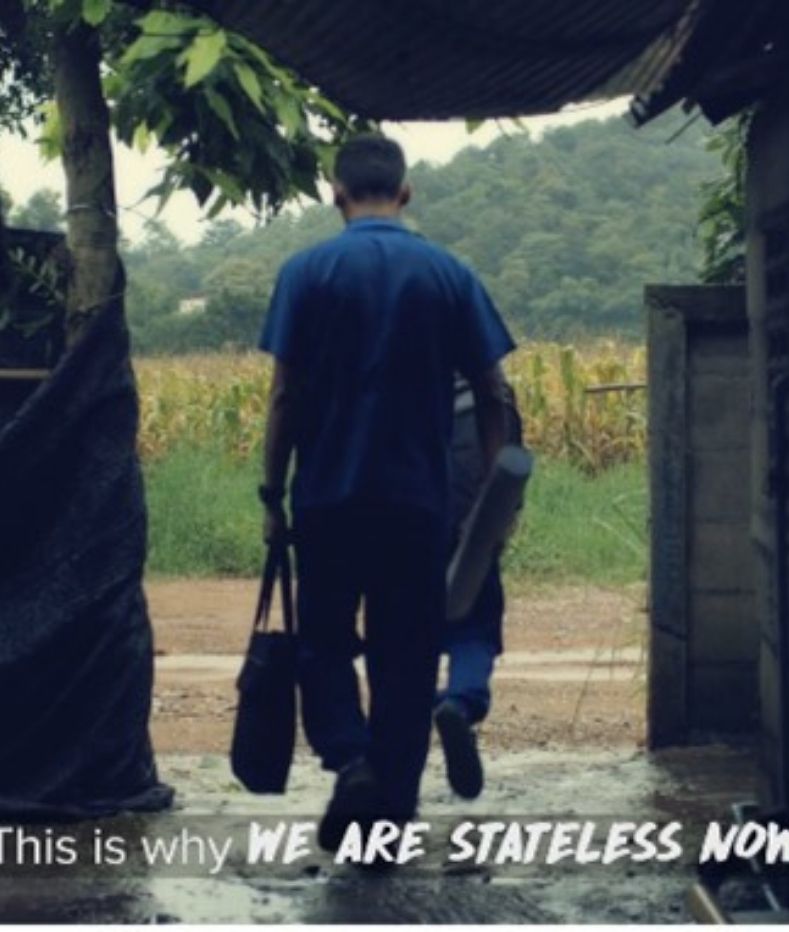Home > About > The Principles > Truth over headlines

Dignified Storytelling seeks to offer an honest and accurate portrayal of individuals and communities.
Dignified Storytelling aims to communicate a view that produces a deeper understanding of the context, paying due attention to both the challenges and opportunities of any situation. Storytelling should not shy away from taking on the difficulties in the story to tell simple success stories – the contributors are real people, and audiences deserve their real stories.
Dignified storytelling does not allow for digital manipulation or edits to be made to a visual or written story that would change the meaning or the connotations of the original content. While general edits (cropping or basic colour corrections) are acceptable, looking to unduly influence the narrative – for example, by enhancing perceptions of poverty or neglect – is not and endangers the credibility of the story.
Working closely with contributors and local creatives to discover and shape the narrative is the path toward the most authentic stories. They are best positioned to provide insights and nuanced perspectives on their lived realities. Contributors know their own needs – and those of the community – and they also have the best vantage point from which to offer workable solutions for their context.

Guidelines for Principle No. 9:
Dignified storytelling depicts realities with accuracy and authenticity.
TO HELP PUT PRINCIPLE #9 INTO PRACTICE, CONSIDER THE FOLLOWING:
Work with experienced interpreters who can help accurately capture content without jargon and in the spirit in which it is conveyed.
Direct quotes need to maintain the meaning, emotion, context, and authenticity of what the contributor said and should not be changed to fit communication objectives.
Whenever possible, make an audio recording of interviews to be able to check back on contributors’ own words if needed
When translating into another language, always double check for accuracy and to ensure that stories are communicated in culturally appropriate language
Subtitles should use first-person, direct speech and should not be summarised.
Captions should answer the five W’s – what can you see in the picture, who, where, when and why*.
*Exception to the caption rule: If there are risks associated with sharing a person’s name, location, or circumstance or with images of children do not include any identifying information in the caption; for example exact location or parent’s surname
Where there is an element of set-up or staging in photographs or films, all effort should be made to authentically capture reality. Do not pass off scenes that would not occur in real life as reality.
▶ Any creative or fictional manipulation of a story or image needs to make it clear that it not attempting to portray reality
If using a model(s) or actor(s) for the photograph or film, audiences must be informed, and communication and consent guidance should still be followed.
This may even be preferable if working with vulnerable individuals or populations to minimise the collection of personal information and reduce risks to actual victims.
If the model or actor is a minor, all relevant child protection and safeguarding policies should be followed.
Avoid taking images that look down on someone from above as this tends to convey vulnerability or need.
Do not crop, edit, colour, or do anything else that enhances the perception of poverty or abandonment. For example, do not change the tone to duller/sepia tones or more vivid/colourful tones to either make the situation look worse, or better, than it is
Do not create “composite stories” where several different people’s stories are merged into one generalised story as this can dehumanise the individual contributors and their personal circumstances
Do not use an image of an individual or group of individuals to illustrate a story or an issue which has nothing to do with them
Avoid using images from one location to illustrate a story in another location, unless you can make this clear in the caption (which should detail the time and location of the photo)
Work closely with contributors to discover and shape the story and check with them on the final version to ensure accuracy and authentic representation
Top Tips for Principle No. 9
Work with contributors
Work closely with contributors and local creatives to find, shape, and tell the most accurate and authentic stories possible.
Keep the context intact
Do not digitally manipulate or edit stories in a way that would change the meaning or the connotations of the original content
